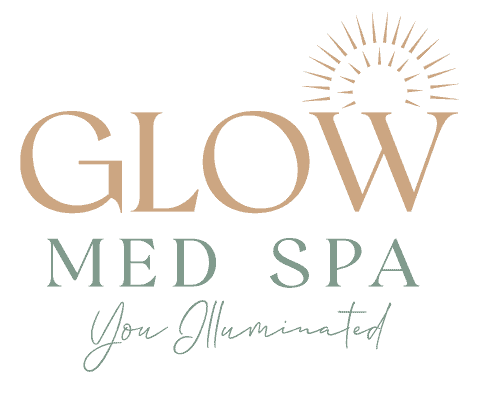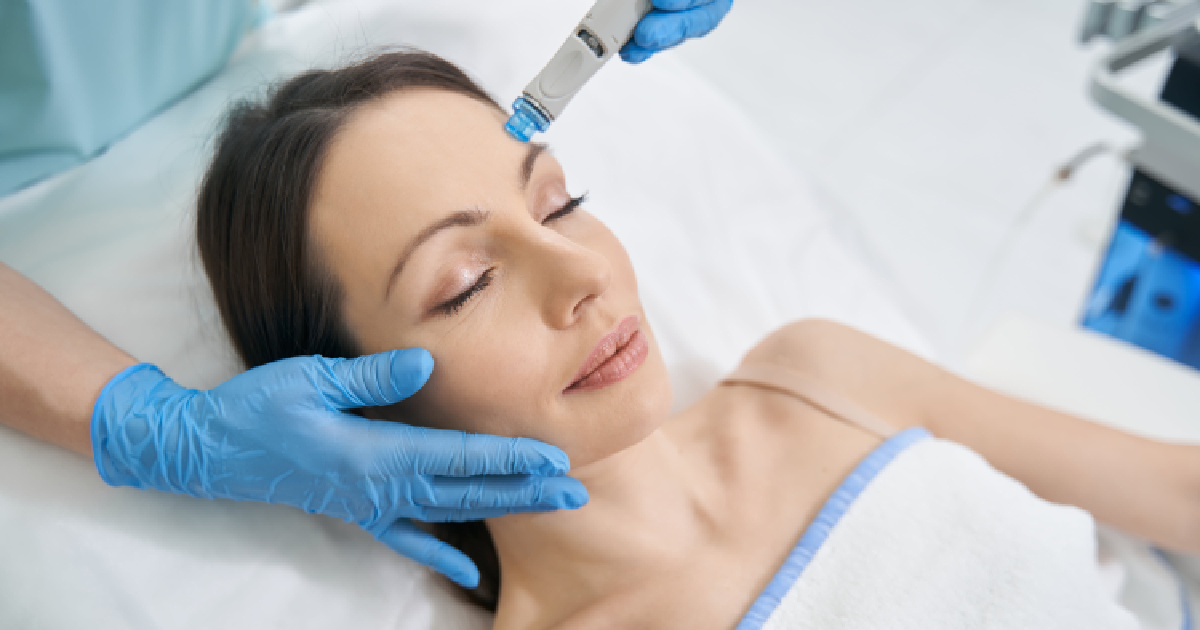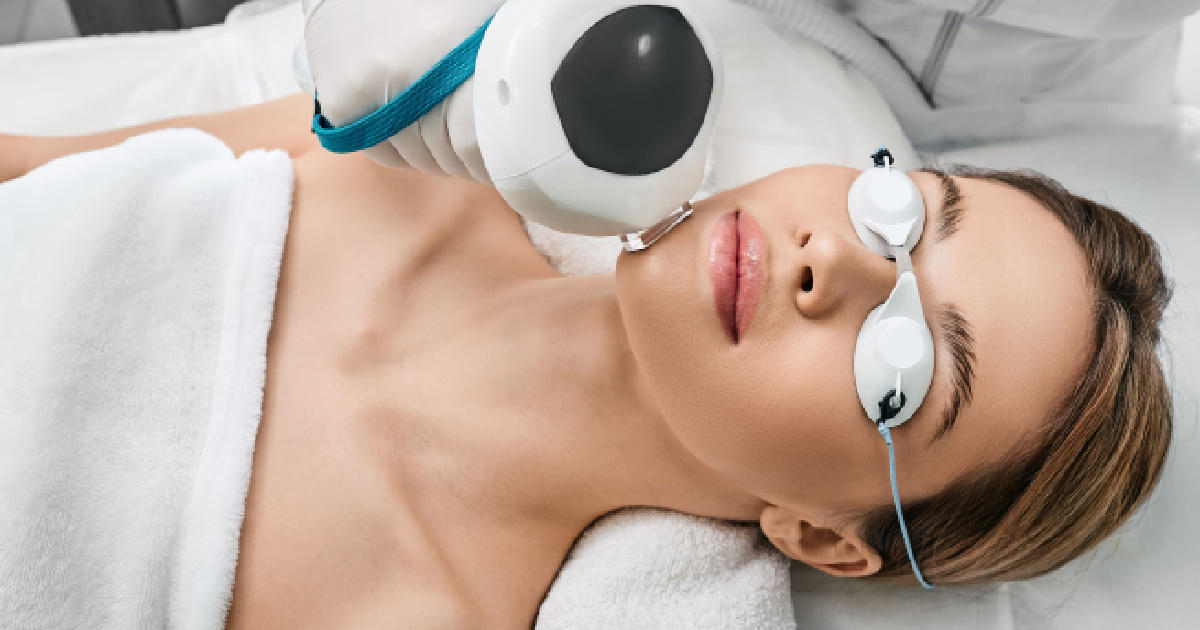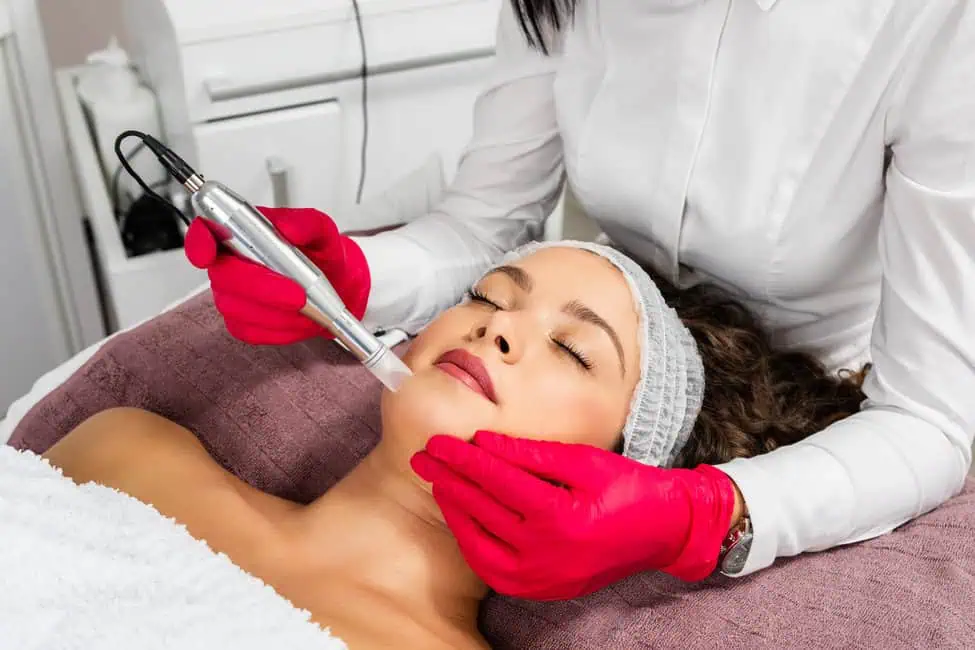Finding it difficult to eliminate your wrinkles and fine lines? Do you long for a guaranteed way to bring back your glowing youth? Nowadays, chemical peels are extremely popular in the cosmetics industry, and for good reason. Those thinking about obtaining a chemical peel often have questions about the safety of the peel’s ingredients. Our treatments are made with premium materials, and we value your desire for open communication.
What Are Chemical Peels?
Chemical peels can be used to enhance the impression of the skin. The method involves making the skin “blister” and “peel” off with a chemical solution. In most cases, younger skin is smoother and less wrinkled than older skin.
Chemical peels can be performed on the face, neck, and hands. Many different purposes can be served, which include the following:
- Eliminate your smile and crow’s foot lines.
- Minimize the appearance of sun damage and wrinkles.
- Lighten the appearance of scars that aren’t too serious.
- Eliminate some varieties of acne
- Fade the appearance of pregnancy and oral contraceptive-induced freckles, age spots, and dark patches for more even, radiant skin (melasma).
- In some cases, a chemical peel can improve the appearance and texture of sun-damaged skin.
Remember to constantly use sunscreen, as your skin will be temporarily more sensitive to the sun after a chemical peel. If a product is labeled as “broad-spectrum,” it protects from UVA and UVB rays. Sunscreen must be physically based, have an SPF of 30 or higher, and be resistant to water. Wear a brimmed hat and stay out of the sun as much as possible, especially between 10 a.m. and 2 p.m.
Who Should Consider Chemical Peel?
Individuals with lighter hair and skin tones had the best results from chemical peels. Sometimes, even those with darker skin tones may experience a positive change. Despite this, you may find that your skin tone changes after surgery.
Sagging skin, enlarged pores, and deep wrinkles are not correctable with chemical peels. They may need further cosmetic procedures such as a laser resurfacing treatment, facelift, brow lift, eyelid lift, and soft tissue fillers (collagen or fat). Working with a specialist in dermatological surgery might help you figure out the best treatment plan.
Chemical Peels Procedure
A chemical peel can be accomplished in a provider’s office or a surgical clinic. Since it is an outpatient treatment, patients do not need to stay in the hospital at any time.
Chemical peels, a type of facial rejuvenation treatment, are a topical acid solution that can reduce the appearance of scars, sun and age spots, wrinkles, and sagging skin. The aesthetician will begin your treatment by thoroughly washing and prepping your skin. Subsequently, the chemical composition is applied topically. Most people feel a burning sensation during a chemical peel for around five to ten minutes, followed by a stinging sensation. A burning feeling may be alleviated by using cold compresses on the skin. Take pain relievers before, during, and after a deeper peel.
In the coming days, you may notice that the top layer of skin on your body peels or flakes off. After a good peeling, fresh, younger-looking skin emerges. At first, you might look a little red, like you got sunburned. However, when your skin heals, you’ll see astonishing improvements, including a reduction in wrinkles, scars, discoloration, and age spots.
What’s In A Chemical Peel, And Are They Safe To Use?
Chemical peels contain the same ingredients as anti-aging topical treatments like creams, lotions, and serums. The components’ concentration sets chemical peels apart from ordinary skincare. Chemical peels consist of, among other things:
- Retinoic acid
- Salicylic acid
- Lactic acid
- Mandelic acid
- Resorcinol
- Glycolic acid
- Trichloroacetic acid
- Hydroquinone
Don’t be shy about bringing up any concerns about the safety of the chemical peel ingredients with your service provider.
Regrettably, a chemical peel is not an all-encompassing solution for all skin problems. During the initial skin consultation, your provider will ask about your medical history. We want to be able to identify possible peel issues coming and fix them before they happen. Your doctor will review alternative treatments if they decide that a chemical peel is not the best choice for you.
Although chemical peels usually are safe for most people, you shouldn’t try them at home. Doctors and estheticians will only buy certified chemical peels because of the importance of the product’s components. The ingredients provided on a website that sells peels cannot be independently verified.
What To Expect After A Peel?
Chemical peels can have adverse side effects that are similar to those of sunburn. Peeling often starts with redness and then progresses to scaling three to seven days after the ailment has begun. You can repeat a mild peel every week to four weeks until you get the results you want.
Medium and deep peels can cause swelling and blistering, with the blisters potentially bursting, crusting over, becoming brown, and then peeling off seven to fourteen days later. Medium-depth peels should be done every six to twelve months.
Depending on the severity of the injury, bandaging the treated area(s) or the entire area may be necessary for many days after treatment. Because of how sensitive your skin will be after undergoing a chemical peel, you should avoid direct sunlight for a while.
Before Getting A Chemical Peel
Tell your doctor about any facial X-rays, scars you’ve had in the past, or cold sores that keep coming back.
Your dermatologist may instruct you to switch drugs, such as Retin-A, Renova, or glycolic acid, in the days leading up to your chemical peel. The doctor may also prescribe antibacterial or antiviral drugs.
Talk to your doctor if you want to know how deep of a peel you should get. The option you make here will depend on the condition of your skin and the results you hope to get from your treatment. Ask your doctor if you should arrange for transportation home from the clinic after your peel.
Contact Us For More In-Depth Analysis!
Everyone you meet will remember your face after you’ve introduced yourself. Knowing what goes into the items you use to maintain healthy skin is essential. If you’re considering adding a chemical peel to your skincare routine, contact Glow MedSpa of 30A to schedule a skin consultation.





